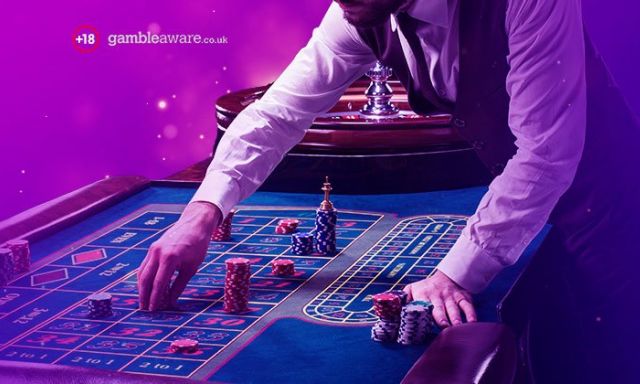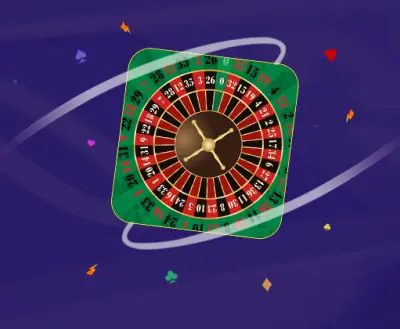Roulette is a game of choices. You can bet on a colour, a number, a column, a section, high-low or odds and evens. This variety, in part, explains the game’s popularity, because it makes roulette enjoyable for risk-takers and cautious players alike.
But while you can hunt a big return or play it safe with close to even odds, is there one approach you should take when it comes to roulette bets? Is one objectively superior to the other?
We’ve broken down the different approaches to find which betting style offers the best mathematical odds over the long-term.
Case study variables
For the purpose of this breakdown, we’re using the following rules and wagers:
European table: No double zeros here. This article explains more about classic European roulette.
Standard odds: Odds can vary around the world; what we’re using is what you’ll find in the vast majority of casinos and online forums, including our own roulette games.
Duration: This investigation imagines that you’re making 1,000 bets.
Wager amount: This investigation imagines that each wager is $1.
The bet types: Red or black, columns, high-low, numbers, odds/evens, sections
Betting on colours
“Put it all on black.” It’s a phrase that will resonate with a number of gamblers, but is it the smart way to play at a roulette table?
With 18 black tiles on a table containing a total of 37, your odds of winning are about as close to even as you’ll find in a casino (48.65%). The downside is that the payout is miniscule, at 1:1.
When played out over the course of 1,000 bets of $1 a piece, you could expect to win 487 times. This would leave you with $974, down $26.
Betting on columns
A roulette table has three columns for a player to choose from. Each column contains 12 winning numbers, with the zero being a universal loss.
The payout for a winning column bet is 2:1, while the odds of winning are 32.43%. If you bet on a single column 1,000 times, you can expect to win 324 of your bets. At the 2:1 payout ratio, this means you could expect to stand up from the table with $972, or down $28.
Betting high/low
Roulette players have the option of betting on two groups of numbers: 1-18, or 19-36. Both groups pay 1:1 and have the same 48.65% chance of victory, with the zero being a loss either way.
With the exact same odds as betting on red or black, we arrive at the same expected outcome of ending with $974 over the course of 1,000 bets. Once again, this would be a loss of $26.
Betting on numbers
Picking a single number is by far the riskiest bet you’ll find at the roulette table. There are 37 possible outcomes, and only one of those earns you a profit, meaning you have a 2.70% chance of victory.
Of course, the appeal of betting on numbers is the high payout ratio of 36:1. If you were to bet 1,000 times on a single number, you could expect to win 27 of your wagers. At a wagering amount of $1, and a payout of 36:1, you could therefore expect to end up with $972, or down $28.
Betting on odd/even
There are 37 numbers on a roulette table, but both the odds and evens bet returns 1:1. This is because the number zero counts as a loss for both odds and evens, meaning each bet type has 18 potential winning outcomes, and 19 potential losing outcomes.
If you were to bet odd/even 1,000 times, wagering $1 each time, you could expect to win 487 times. At the payout ratio of 1:1, that means you’d end up with $974, or down $26.
Betting on sections
There are 12 rows of three numbers on the roulette table. Players have the option of betting on whether the ball will land on a number contained within the first, second or third set of rows on the board, with each set containing four rows each. Correctly predicting this outcome, which offers a 32.43 chance, will earn a 2:1 return.
With the zero being a universal loss, a sections bet is equivalent to the columns bet. Therefore, over the course of 1,000 wagers valued at $1 per bet, probability states you are likely to leave the table with $972, or $28 less than what you arrived with.
Final verdict
There is very little difference in roulette bets, long-term, between the profitability of roulette’s different bets. As dissimilar as a bet with a 50% success rate and one with under 3% may seem, over the course of 1,000 bets, they almost equal out to the same.
If you’re a real stickler for probability, then bets with higher odds and smaller returns, like red or black, high-low or odd/even, are the way to go. Statistically speaking, they have a 0.02% advantage over bets with worse odds and better payouts.








